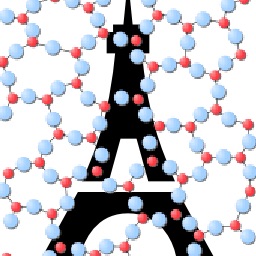Structural Dependence of Chemical Durability in Modified Aluminoborate Glasses
Alkali and alkaline earth aluminoborate glasses feature high resistance to cracking under sharp contact loading compared to other oxide glasses. However, due to the high content of hygroscopic B2O3, it is expected that applications of these glasses could be hindered by poor chemical durability in aqueous solutions. Indeed, the compositional and structural dependence of their dissolution kinetics remains unexplored. In this work, we correlate the dissolution rates of aluminoborate glasses in acidic, neutral, and basic solutions with the structural changes induced by varying the aluminum-to-boron ratio. In detail, we investigate a total of seventeen magnesium, lithium, and sodium aluminoborate glasses with fixed modifier content of 25 mol%. We show that the structural changes induced by alumina depend on the network modifier. We also demonstrate a correlation between the chemical durability at various pH values and the structural changes in Mg-, Li- and Na- aluminoborate glasses. The substitution of alumina by boron oxide leads to a general decrease of chemical corrosion in neutral and acidic solutions. The lowest dissolution rate value is observed in Mg-aluminoborate glasses, as a consequence of the intermediate character of magnesium which can increase the network cross-linking. For basic solutions, the chemical durability is almost constant for the different amount of alumina in the three series, likely because B2O3 is susceptible to nucleophilic attack, which is favored in high-OH- solutions.
